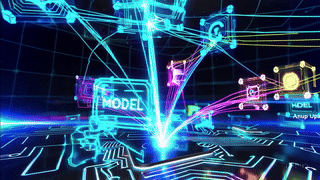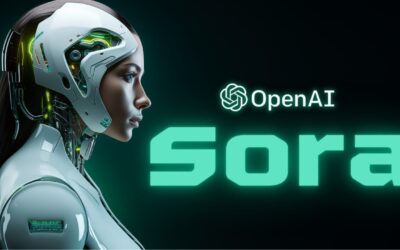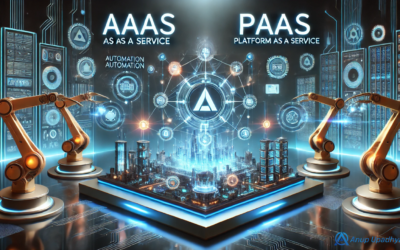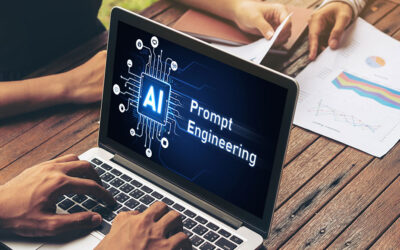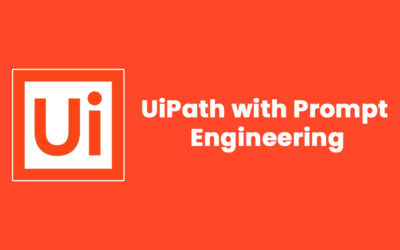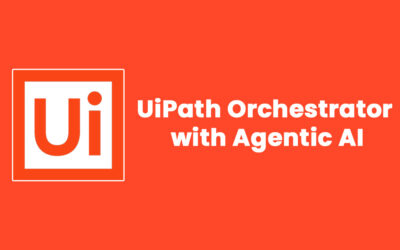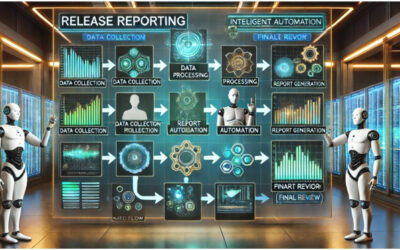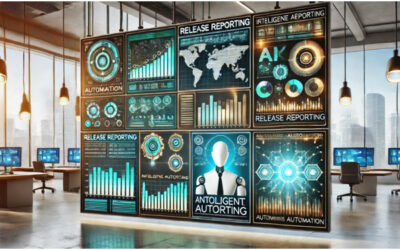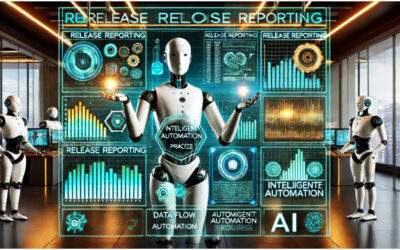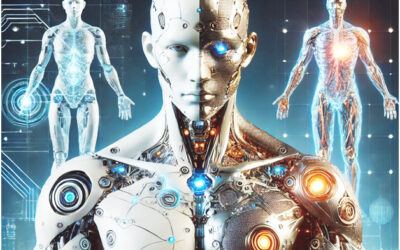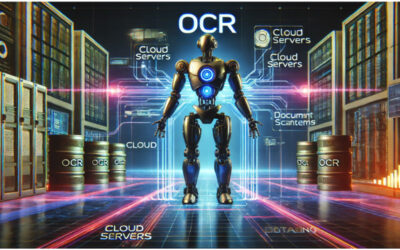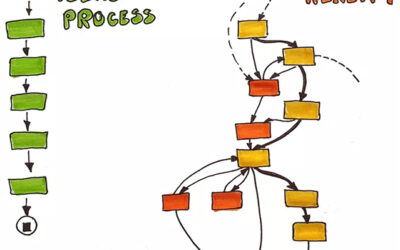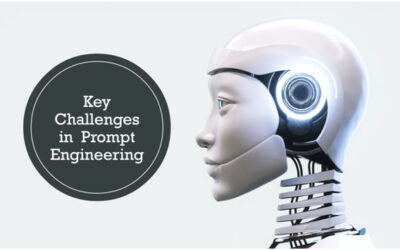Articles
Key Questions for Designing LLM and Prompt Engineering
When designing a prompt engineering-based solution integrated with legacy systems, it is critical to address technical, functional, and operational aspects. Here’s a comprehensive summary of key questions: Process Understanding and Business Context Process Scope and...
Sora
My first Video created by Sora https://youtu.be/GCGvLBTfPzI Sora is OpenAI's advanced AI model designed to generate realistic and imaginative videos from text prompts. It enables users to create videos by simply describing a scene, which Sora then brings to life. Key...
Prompt Writing for Document Extraction
Prompt engineering involves crafting precise inputs, known as prompts, to guide generative AI models—such as large language models (LLMs)—in producing desired outputs. This process is essential for optimizing AI performance across tasks like content creation, question...
Advanced Humanoid Robots 2024
Humanoids are robots designed to resemble and mimic human physical characteristics, behavior, and interactions. These robots are often equipped with advanced sensors, AI, and actuators that allow them to perform tasks similar to humans. Humanoids can have a wide range...
AaaS v/s Paas
Automation as a Service (AaaS) v/s Platform as a Service (PaaS) AaaS - Automation as a Service Creating Automation as a Service (AaaS) within an organization is a strategic initiative that involves designing a scalable, centralized automation capability that can be...
Future of Hyperautomation: A Comprehensive Outlook
As businesses continue to embrace digital transformation, hyperautomation is emerging as a critical driver for operational efficiency and innovation. The future of hyperautomation will bring advancements across various industries, reshaping how organizations automate,...
HyperAutomation
The IT industry is evolving rapidly with new automation trends focused on enhancing efficiency, reducing costs, and improving business processes. One of the most advanced automation concepts driving this transformation is Hyperautomation. Let's explore it in more...
SonarQube
What is SonarQube SonarQube is an open-source platform for continuous inspection of code quality to detect bugs, vulnerabilities, and code smells in a variety of programming languages. It provides developers and teams with insights into the maintainability,...
Let’s Explore UiPath AutoPilot
UiPath Autopilot UiPath Autopilot™ is an AI-powered feature within the UiPath Business Automation Platform that enhances productivity by enabling users to create and manage automations using natural language. It integrates seamlessly with Microsoft Copilot for...
What does a Prompt Engineer Do?
A prompt engineer designs and optimizes prompts for AI systems, especially in the context of generative AI models like GPT. This role involves understanding how AI models interpret inputs and then crafting queries or commands that guide the AI to produce desired...
Best Practices for the Prompt Engineering
Best practices for prompt engineering help ensure that AI models produce accurate, relevant, and high-quality outputs. These practices involve a combination of strategies for prompt design, testing, and refinement, with a focus on clarity, context, and optimization....
What is Prompt Engineering?
Prompt engineering is the process of designing and refining prompts—the inputs or instructions provided to AI models, especially large language models like GPT—to achieve specific, high-quality outputs. It’s an emerging field crucial in leveraging generative AI for...
UiPath with Prompt Engineering
UiPath, known for its strong capabilities in Robotic Process Automation (RPA), is increasingly integrating AI and Machine Learning into its platform. As AI-driven tools, particularly large language models like GPT, gain prominence in automation workflows, prompt...
UiPath Orchestrator with Agentic AI
In the context of UiPath's integration with Agentic AI, the UiPath Orchestrator will play a pivotal role in managing, controlling, and monitoring the AI-driven processes. The Orchestrator will serve as the centralized platform that ensures both autonomous AI agents...
UiPath with Agentic AI
UiPath with Agentic AI refers to the integration of Autonomous AI agents within the UiPath platform to further enhance the capabilities of robotic process automation (RPA). This emerging concept involves empowering AI models to act more independently and make...
Best Practices for Effective Release Reporting
1. Establish Clear Reporting Standards Action: Develop a standardized reporting template that includes key metrics, terminology, and formats for all teams involved. Benefit: Consistency across reports enhances clarity and makes it easier to compare data across...
Typical Release Reporting Challenges and Best Practices
Effective release reporting is essential for successful Intelligent Automation (IA) implementations, but organizations often face several challenges. Here are some common challenges along with best practices to address them: Challenges in Release Reporting 1....
Professional Release Plan for Intelligent Automation Deployment
1. Receive Ticket from ServiceNow Description: The deployment process begins when a developer registers a request for deployment in the incident management system (ServiceNow/any other System). Process: The Deployment Manager is automatically notified of the new...
Detailed Overview of Release Reporting in Intelligent Automation (IA)
Release reporting is a critical component of governance in Intelligent Automation (IA), enabling transparency, traceability, and performance monitoring for each release. Effective release reporting provides stakeholders with insights into the progress, success, and...
The adoption of OCR 2.0
The adoption of OCR 2.0 by industries is expected to accelerate rapidly due to its enhanced capabilities, accuracy, and seamless integration with automation technologies like Robotic Process Automation (RPA) and Intelligent Document Processing (IDP). OCR 2.0...
How OCR 2.0 Works
OCR 2.0 builds on traditional OCR technology, but with advanced enhancements that significantly improve its accuracy, flexibility, and efficiency. Its workings involve several sophisticated steps that integrate artificial intelligence (AI), machine learning (ML), deep...
OCR 2.0’s Key Differentiators
OCR 2.0 differentiates itself from traditional OCR systems and other key players in the document automation and data extraction industry through several advanced features and capabilities that enhance its overall efficiency, accuracy, and ability to handle a wide...
Understanding OCR 2.0: A Comprehensive Overview
1. What is OCR 2.0? OCR (Optical Character Recognition) is the process of converting scanned images of handwritten, typewritten, or printed text into machine-encoded text. OCR 2.0 represents a significant advancement over traditional OCR technologies by integrating...
OCR 2.0
OCR (Optical Character Recognition) technology has evolved significantly over time, and OCR 2.0 refers to the latest advancements that have improved accuracy, flexibility, and the ability to handle more complex documents compared to traditional OCR systems.Key...
Process Mining – When You Should Start in Your Organization?
Introducing process mining in an organization can provide valuable insights into business processes, uncover inefficiencies, and support continuous improvement. However, the decision to plan for process mining consulting requires a thoughtful evaluation of both the...
LLM models used in Prompt Engineering
Large Language Models (LLMs) are a type of AI model designed to understand and generate human-like text. They are typically based on transformer architectures, such as the GPT (Generative Pre-trained Transformer) series, which processes language by learning patterns,...
What all are the challenges with Prompt Engineering with extracting information from a document?
When using prompt engineering to extract information from a document with AI models, several challenges can arise due to the limitations of the models and the complexity of documents. Below are some of the key challenges:1. Document Length and Context Window...
A Comprehensive Deep Dive into Prompt Engineering!
Prompt engineering is essential for effectively interacting with AI models, ensuring that the responses are accurate, relevant, and well-structured. Here are the key areas of focus in prompt engineering:1. Clarity and Precision Use Clear Language: The prompt should be...

